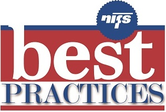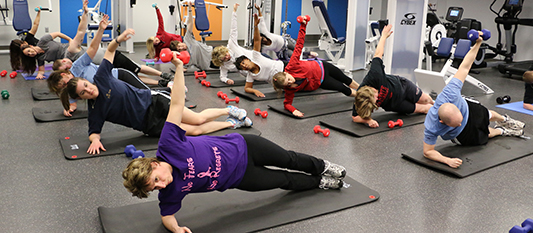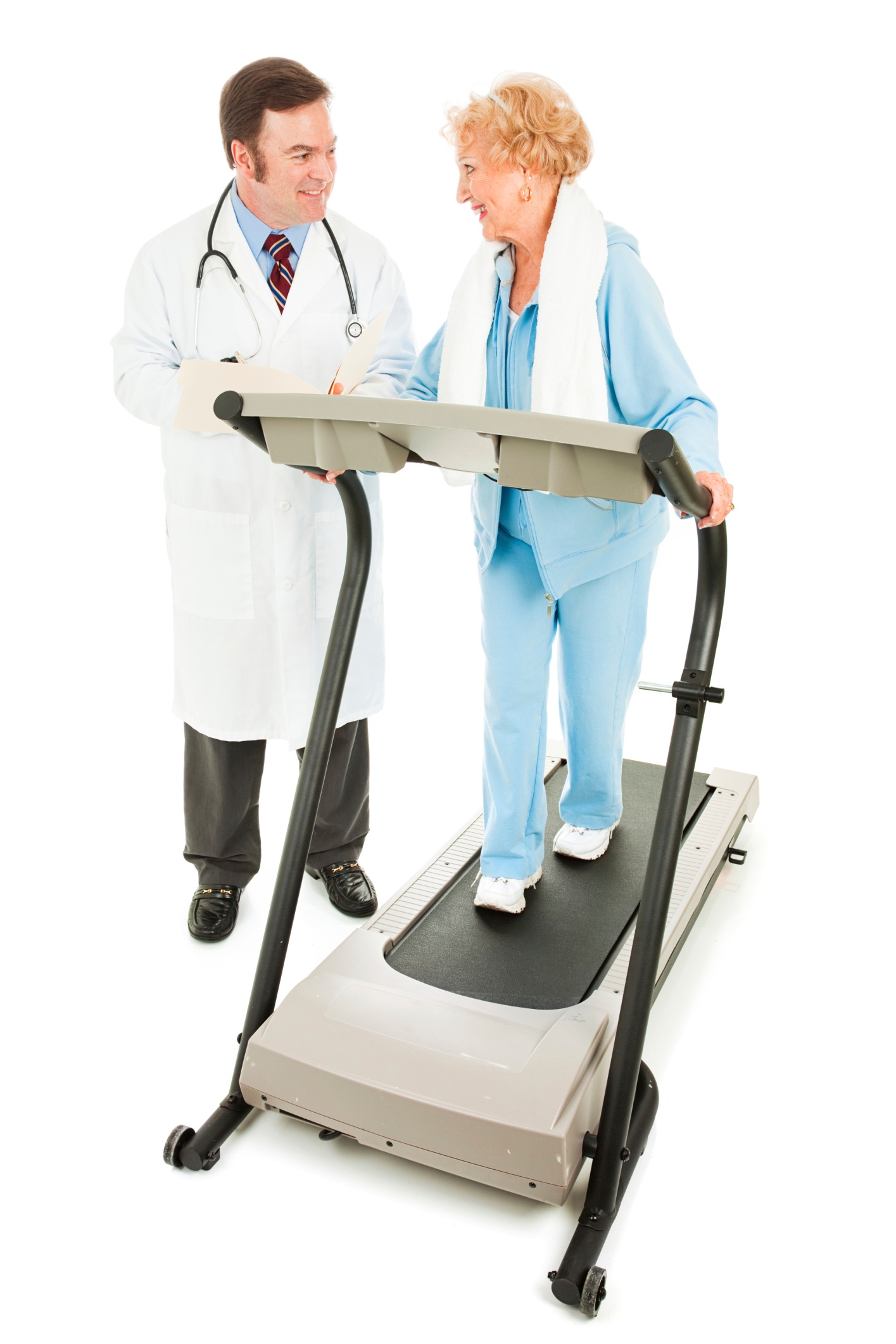Our staff are routinely focused on how they can grow participation in the corporate fitness centers they manage. Granted, they don’t have to work that hard at it in January, and maybe into February, but beyond those first two months of the year, the remaining ten months can prove challenging for meeting their participation goals.
 One of the ways they work on achieving specific participation numbers is through successful programming. It’s not rocket science, but you do have to know your members and understand what works with them in order to build effective programs. That’s why our crew is so focused on evaluating their offerings; the results help them better understand how to provide incentive and educational programs tailored to the interests and needs of the audience they’re serving.
One of the ways they work on achieving specific participation numbers is through successful programming. It’s not rocket science, but you do have to know your members and understand what works with them in order to build effective programs. That’s why our crew is so focused on evaluating their offerings; the results help them better understand how to provide incentive and educational programs tailored to the interests and needs of the audience they’re serving.
Tapping into existing successes
One of our managers at a corporate fitness center in New York created a simple St. Patrick’s Day–themed program to help New Year’s resolution makers carry through with their newfound exercise habits into March. For this program, she set specific goals to increase fitness center visits (targeting eight or more monthly visits per member) and to increase participation in group fitness classes.
Each member who signed up for the program was given a small pot (“pot-o-gold”) into which they could place the gold coins they received for coming in to work out on their own or to take a class. She weighted the group class participation by giving two coins for each class. The participant goal was to collect as many gold coins (get as many visits) as possible for the duration of the program. Supplies for the program cost about $30.
[Related Content: 3 Ways to Improve Corporate Fitness Programming on a Small Budget]
Simplicity wins
Members provided feedback that one of the things they enjoyed about the program was its simplicity. It was both easy to understand and easy to participate. When work and personal lives are so complicated and hectic, it’s refreshing to have the corporate fitness center offer no-brainer incentives as a diversion and stress reliever. Not only was the program easy for the members, but our manager reported that she appreciated the simplicity as well; there were no detailed spreadsheets to manage, no massive uptick in 1:1 appointments to juggle, and no convoluted formulas to compute to determine program winners. In fact, even marketing the program was easy—who doesn’t want to win a pot of gold?
The NIFS manager reported that she saw several new faces engaging in group fitness who have continued taking classes long after the program concluded, and some associates who hadn’t completed their memberships hustled through their remaining steps so that they could participate in the program. Overall, she saw 72 percent of program participants workout out at least eight times during the month-long initiative, substantially higher than her typical frequent visitor percentage. Additionally, group fitness class participation increased by 15 percent.
Want to get your hands on other great program ideas that have been tested and proven in corporate fitness? See what we've outlined as NIFS Best Practice programming.

 There’s a lot of misinformation out there on what is and is not good for you. The science changes all the time; unfortunately, changes in health information can
There’s a lot of misinformation out there on what is and is not good for you. The science changes all the time; unfortunately, changes in health information can 
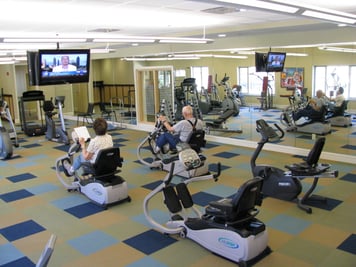

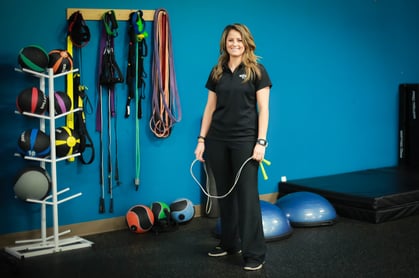 Sometimes employers go all in on their investment in a corporate fitness center. Thousands of square feet are dedicated to treadmill upon treadmill, thoughtful changing facilities, ample group exercise space, creative equipment solutions, and around-the-clock dedicated fitness staff.
Sometimes employers go all in on their investment in a corporate fitness center. Thousands of square feet are dedicated to treadmill upon treadmill, thoughtful changing facilities, ample group exercise space, creative equipment solutions, and around-the-clock dedicated fitness staff. 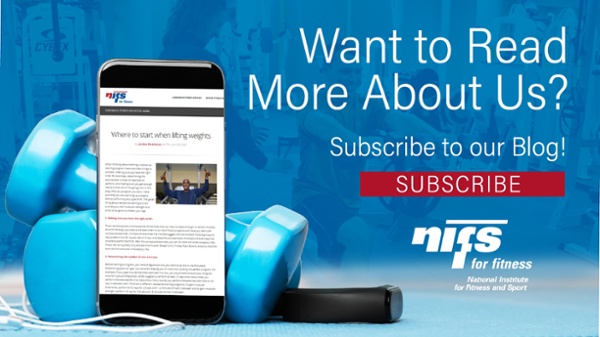
 ith a proactive approach to balance training, we have embarked on a comprehensive fall-prevention model.
ith a proactive approach to balance training, we have embarked on a comprehensive fall-prevention model. 
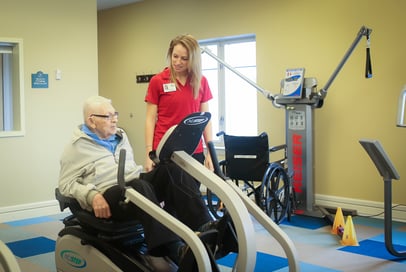 This is really what it’s all about, right? You want a passionate, capable, competent, self-starter running the exercise program in the community. You need someone who will
This is really what it’s all about, right? You want a passionate, capable, competent, self-starter running the exercise program in the community. You need someone who will


 One of the outcomes we saw from that program was that a lot of the participants did not exercise in the corporate fitness center during the initiative, and frankly, that was by design. We were mostly interested in supporting and inspiring employees to achieve 150 minutes of activity each week, so we eliminated the “must be accomplished in the corporate fitness center” barrier by allowing participants to log any activity accomplished anywhere. After all, the primary job of our fitness center managers and health fitness specialists is to get employees moving. If it’s activity in the corporate fitness center, even better. But with today’s frantic schedules, we’ll take any movement, anywhere, anytime.
One of the outcomes we saw from that program was that a lot of the participants did not exercise in the corporate fitness center during the initiative, and frankly, that was by design. We were mostly interested in supporting and inspiring employees to achieve 150 minutes of activity each week, so we eliminated the “must be accomplished in the corporate fitness center” barrier by allowing participants to log any activity accomplished anywhere. After all, the primary job of our fitness center managers and health fitness specialists is to get employees moving. If it’s activity in the corporate fitness center, even better. But with today’s frantic schedules, we’ll take any movement, anywhere, anytime.